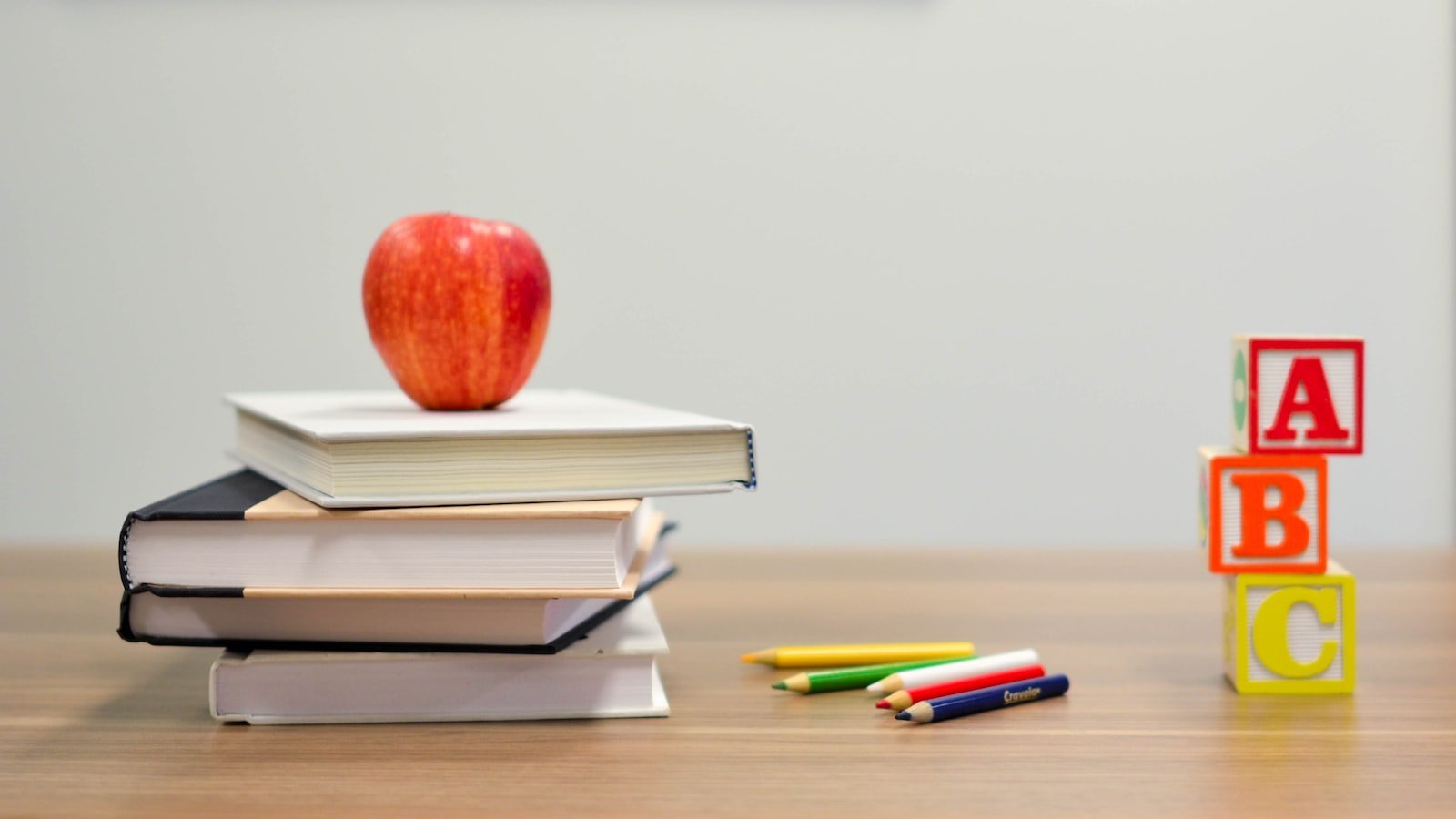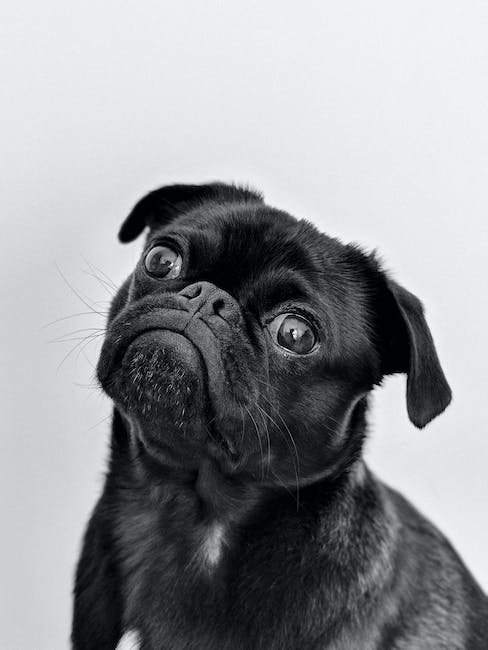They say dogs are man’s best friends, and rightfully so. These loyal companions have wiggled their way into our hearts with their adorable antics and unwavering loyalty. But what if we told you that your furry friend is capable of more than just fetching a ball or rolling over? That’s right, teaching your dog to identify objects by name is not only possible but can be a fun and enriching experience for both of you. So, are you ready to unlock the untapped potential of your canine companion? Let’s dive right in and discover the secrets behind this remarkable skill together.
Table of Contents
- Setting the Foundation for Teaching Object Identification
- Understanding the Canine Cognitive Ability for Object Recognition
- Developing an Effective Training Plan for Object Naming
- Implementing Reward-Based Techniques to Reinforce Object-Name Associations
- Fine-tuning and Generalizing Your Dog’s Object Identification Skills
- Q&A
- Concluding Remarks

Setting the Foundation for Teaching Object Identification
Teaching object identification is a crucial skill that lays the groundwork for a child’s cognitive development and understanding of the world around them. This section will explore some key strategies and approaches to help educators and parents effectively set the foundation for teaching object identification.
- Engaging Visual Stimuli: Incorporating visually appealing and age-appropriate materials can capture the child’s attention and promote their curiosity. Using colorful pictures, vibrant illustrations, or real-life objects can help children associate visual cues with the corresponding objects.
- Interactive Activities: Encouraging hands-on experiences and interactive activities can foster an environment of active learning. Utilizing puzzles, matching games, or scavenger hunts can enable children to actively engage with objects and strengthen their recognition skills.
- Repetition and Reinforcement: Consistency is key when teaching object identification. Consistently reinforcing vocabulary and repeatedly exposing children to objects helps solidify their understanding. Repeating activities and discussing object names regularly will enhance their recall and comprehension.
By implementing these approaches, educators and parents can create a solid foundation for teaching object identification. Remember, patience and encouragement are essential as each child learns at their own pace. With consistent guidance and engaging activities, children will gradually develop their cognitive skills and broaden their understanding of objects in their environment.

Understanding the Canine Cognitive Ability for Object Recognition
Dogs have long been known for their exceptional ability to recognize and interact with objects in their environment. From retrieving a ball to understanding the concept of fetch, their cognitive abilities are both fascinating and unique. But how do dogs actually perceive and identify different objects?
Perceptual categorization: Dogs possess an innate ability to categorize objects based on their visual and sensory characteristics. Through their keen sense of smell, sight, and touch, they can differentiate between various objects and group them into different categories. This perceptual categorization forms the foundation for their object recognition skills.
Memory and association: Dogs rely heavily on their memory and associative learning when it comes to object recognition. Through repeated exposure and positive reinforcement, they learn to associate specific objects with certain actions or outcomes. For instance, a dog may associate a frisbee with the exciting game of catch, leading to heightened enthusiasm and instant recognition of similar objects in the future.
- Feature-based recognition: Dogs excel at recognizing objects based on distinct features. They focus on key attributes such as shape, size, texture, and movement, allowing them to identify objects even in different contexts or environments.
- Contextual clues: Canines are highly adept at utilizing contextual cues to recognize objects. They rely on environmental and situational information to make inferences about an object’s function or purpose. This contextual understanding enables them to adapt their behavior and interaction accordingly.
- Problem-solving: Dogs demonstrate remarkable problem-solving skills when it comes to object recognition. They can navigate complex obstacles and determine the best approach to interact with a particular object, showcasing their ability to analyze and respond to novel situations.
not only provides insights into their remarkable intelligence but also enhances our ability to train and communicate with them effectively. By recognizing and respecting their unique perceptual and cognitive skills, we can enhance the bond between humans and canines, leading to a more harmonious and enriching relationship.

Developing an Effective Training Plan for Object Naming
When it comes to object naming, having a well-structured training plan can significantly improve accuracy and efficiency. Whether you’re training a machine learning model or teaching individuals to recognize and label objects, here are some key steps to consider:
- Define the Object Categories: Start by clearly defining the categories or classes of objects you want to train for. This can be as broad as animals or as specific as different types of cars. Specify the criteria for each category to avoid ambiguity during training.
- Gather Quality Sample Data: The training dataset plays a crucial role in the success of object naming. Ensure that you gather a diverse range of high-quality images or examples for each category to capture variations in appearance, angles, lighting conditions, and other relevant factors. This diversity will enhance the model’s ability to generalize and correctly label objects in real-world scenarios.
- Create Annotation Guidelines: Establish clear annotation guidelines for labeling objects within the dataset. Specify the labeling format, such as bounding boxes or pixel-level segmentation, and define any specific criteria for accurate labeling. Consistency is key to developing a reliable training dataset.
- Implement Iterative Training: Train your model in iterations to gradually refine its object naming abilities. Start with a smaller subset of the dataset and fine-tune the model’s performance before moving on to larger, more complex datasets. Monitor the model’s progress and adjust training parameters accordingly.
- Evaluate and Validate: Regularly evaluate the model’s performance using a separate validation dataset. Measure key metrics like accuracy, precision, and recall to assess its naming capabilities. Identify and address any shortcomings or areas of improvement to further refine the training process.
By following these steps, you can develop a robust training plan for object naming that yields accurate results and instills confidence in both human annotators and machine learning models.
Implementing Reward-Based Techniques to Reinforce Object-Name Associations
In the quest to improve learning outcomes, researchers have been exploring innovative techniques to reinforce object-name associations. One particularly promising approach involves the use of reward-based techniques, which introduce an element of motivation and excitement into the learning process. By associating the learning of object names with positive rewards, such as points, badges, or even small incentives, learners are more likely to engage and retain the information better.
Furthermore, the implementation of reward-based techniques allows for a more interactive and immersive learning experience. Gamification elements, such as leaderboards or progress tracking, can be incorporated to create a sense of competition and achievement. This not only increases motivation but also promotes active participation and long-term retention of object-name associations.
To implement reward-based techniques effectively, it is important to provide clear and immediate feedback to learners. This feedback can come in the form of visual cues, such as animations or color changes, to signify correct object-name associations. Additionally, incorporating spaced repetition, where learners encounter the same object-name associations at increasing intervals, can help reinforce learning and prevent forgetting.
Fine-tuning and Generalizing Your Dog’s Object Identification Skills
Now that you have laid a strong foundation for teaching your dog object identification skills, it’s time to take it to the next level. Fine-tuning your dog’s abilities involves refining their recognition abilities and ensuring consistent responses. Additionally, generalizing these skills is essential to make sure your furry friend can identify objects in various situations and environments.
To fine-tune their object identification skills, consider these tips:
- Refine Discrimination: Continue to challenge your dog by introducing similar objects with slight visual differences. Encourage them to discern between these objects accurately. Reinforce correct identifications and provide gentle guidance for any mistakes.
- Improve Response Time: Work on reducing the time it takes for your dog to identify and respond to an object. Incorporate timed exercises where your dog can practice quick recognition and response. Be sure to reward their speedy and accurate reactions to encourage faster response times.
- Practice in Diverse Environments: It’s crucial to help your dog generalize their object identification skills. Take your training sessions to different locations, both indoors and outdoors. This will expose your dog to various distractions and help them adapt to different environments while maintaining their abilities.
Remember, consistency is key when . Continuously reinforce the desired behavior and gradually increase the difficulty level as your dog becomes more proficient. With patience, practice, and positive reinforcement, your dog will become a master of object identification in no time!
Q&A
Q: Can dogs really learn to identify objects by name?
A: Yes, dogs are incredibly intelligent creatures and can be trained to recognize and associate objects with specific names. With patience and consistent training, you can teach your furry friend to fetch or bring you a specific item just by uttering its name.
Q: What are the first steps in teaching a dog to identify objects by name?
A: Start by choosing a simple object and giving it a unique name. Use positive reinforcement techniques like treats and praise, repeating the name each time you show the item to your dog. Soon enough, they will begin to associate the name with the object.
Q: How long does it typically take for a dog to learn the names of objects?
A: The learning process varies from dog to dog, but with consistent training, most dogs can grasp the concept within a few weeks. Remember to be patient and to practice daily for short periods of time.
Q: Can this training be done with any breed of dog?
A: Absolutely! Dogs of all breeds and sizes are capable of learning object names. Remember that each dog has their own unique learning style, so adjust your training methods accordingly.
Q: Is it possible to teach a dog multiple objects by name?
A: Yes, dogs have incredible memory and cognitive abilities, making it possible to teach them multiple object names. Start by mastering one item before moving on to introduce more objects gradually.
Q: Are there any specific cues or gestures that can aid in the training process?
A: Yes, incorporating simple gestures or pointing can help your dog understand which object you are referring to. Use consistent body language and combine it with verbal commands to reinforce the association between objects and their names.
Q: What should I do if my dog struggles to comprehend the names of objects?
A: If your dog is experiencing difficulty, it’s crucial to assess your training techniques. Simplify the object names, reinforce positive behavior with treats, and consider seeking guidance from professional dog trainers or behaviorists for additional assistance.
Q: Can teaching a dog object names have other benefits?
A: Absolutely! Teaching your dog object names not only stimulates their mental abilities but also strengthens the bond between you and your furry companion. It provides mental enrichment and adds an exciting and interactive element to your daily routines.
Concluding Remarks
As we bid farewell to this informative guide on teaching our beloved canines the remarkable skill of identifying objects by name, we embark on a journey filled with wagging tails, enthusiastic barks, and delightful surprises. Our four-legged companions are truly remarkable creatures, capable of expanding their cognitive prowess far beyond our imagination.
By understanding the intricacies of the training process, we have seen that dogs possess an uncanny ability to associate sounds, shapes, and textures with specific objects in their environment. Through patience, perseverance, and an unwavering belief in their potential, we have witnessed the awe-inspiring moment when a pup effortlessly grasps the concept of object naming.
Now equipped with the knowledge of shaping behaviors, using positive reinforcement, and creating a stimulating learning environment, the possibilities are endless. Whether it’s fetching a favorite toy, locating lost keys, or even selecting a loved one’s slippers from a pile, our four-legged friends can now amaze us with their newfound talent.
Picture the scenes of joy as they proudly present us with the very item we had unknowingly requested. Witness the sheer delight as we exchange giggles and heartfelt praise with our furry companions, basking in the glory of their accomplishments. Together, we have unlocked a world of communication that transcends the species barrier.
However, let us not forget that each dog is unique, brimming with personality and individual quirks that make them truly special. Just as we all learn at our own pace, our canine companions may have their own idea of how to approach these newfound challenges. Embrace their creativity and adapt the training techniques to suit their unique learning style.
Remember, patience and consistency pave the path to success in this ongoing journey. Celebrate each small victory and appreciate the bond that grows stronger with each training session. As we witness our faithful companions grow more adept at identifying objects by name, let’s revel in the knowledge that our efforts have brought us closer together, forging an unbreakable connection that transcends the realm of ordinary pet-owner dynamics.
So, my fellow dog-loving enthusiasts, let us embark on this venture with open hearts, boundless curiosity, and an abundance of treats. Together, we can unlock a world where pooches become the ultimate object detectives, skillfully tracking down our hopes, dreams, and misplaced socks. Enjoy this magical journey, and may the paws of your furry students forever lead you to a wonderland of shared adventures! Good luck, and happy training!
As an affiliate, my content may feature links to products I personally use and recommend. By taking action, like subscribing or making a purchase, you’ll be supporting my work and fueling my taco cravings at the same time. Win-win, right?
Want to read more? Check out our Affiliate Disclosure page.